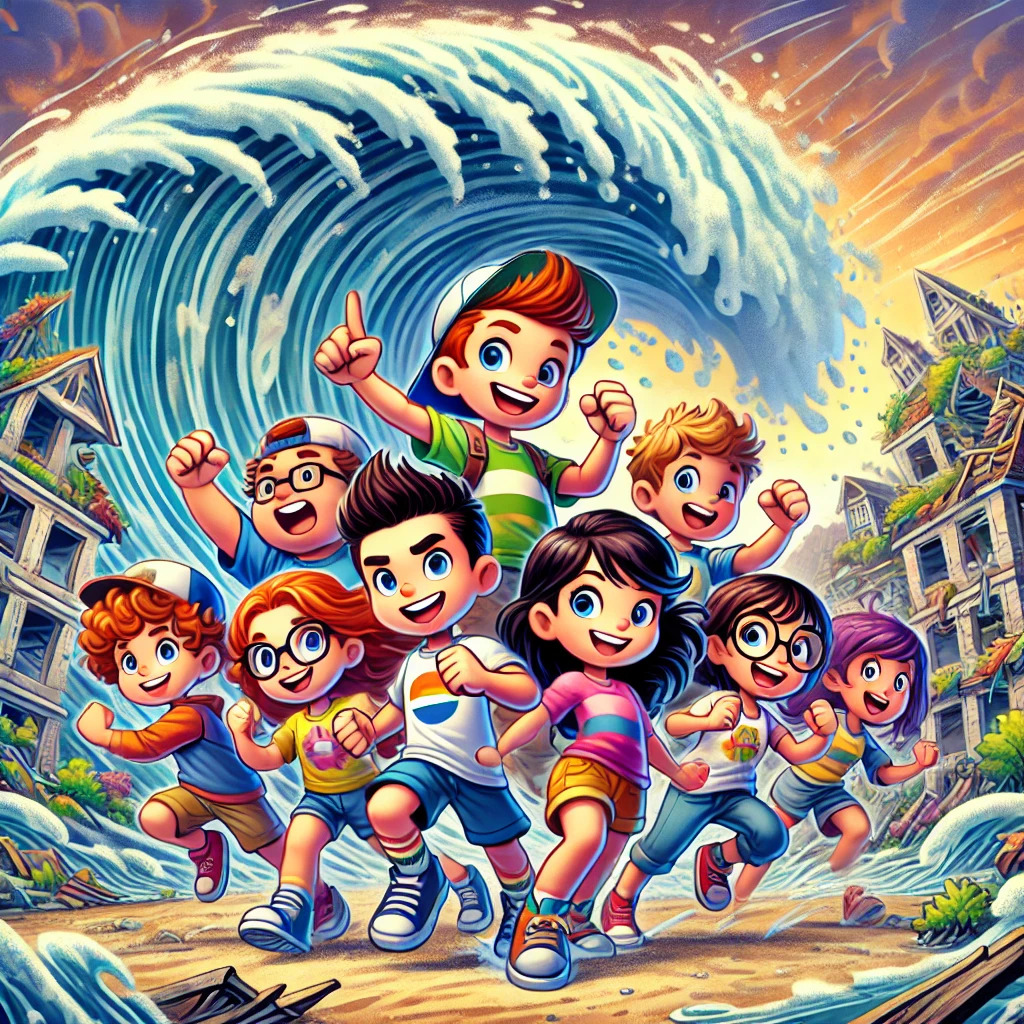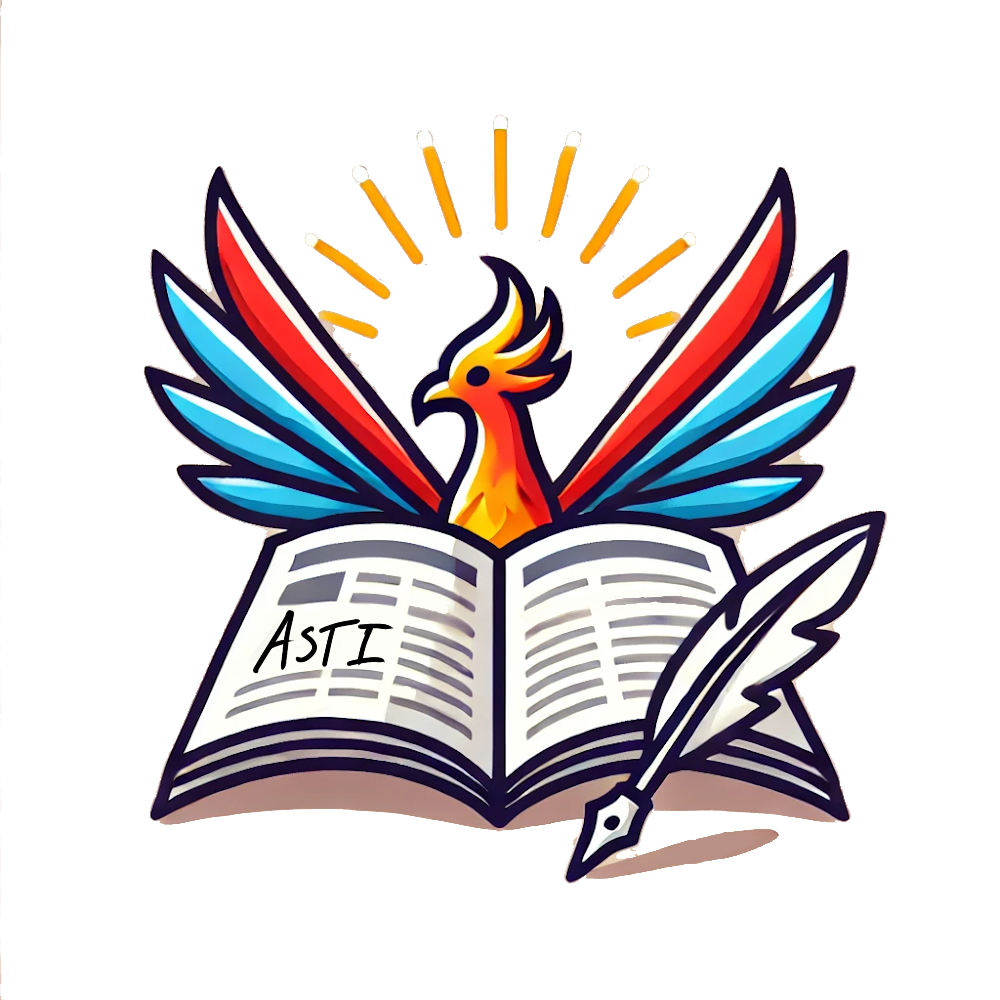
Scary Tsunami Startles ASTI
Jonathan Yan
likes: 523
like 👍
On December 5th, a tsunami warning was issued to most of the areas along the California coast. In the morning, a 7.0 Earthquake had struck near the coast of Northern California's Humboldt County, and was even felt from San Francisco. Because the Earthquake originated in the ocean, authorities feared that the sudden shift of plates would cause a shock in the water, and a tsunami warning was issued around the coasts of California.
When this happened, cellphones across campus simultaneously sounded an alert, telling us civilians that a mighty tsunami was rapidly approaching. Logically, panic ensued. Staff bravely led the way for students and themselves to seek high ground on the roof of the COA D Building. Luckily for us, our live Journalism correspondents also rushed to the safety zone, where they had the chance to interview members of the ASTI community about their live reaction to the unexpected natural disaster.
"Where are the towels?" pleaded Mr. Zavala when asked about his thoughts on the tsunami, stressing the fact that if we do get wet, we would all be unprepared, as nobody brought towels. Ms. Lebo-Planas was also interviewed, but she was not concerned for ASTI lives. When asked if we were likely to die that day, she confidently responded “No.” In the end, she was correct. Students quickly realized that the epicenter was far from them, at least a hundred miles away, and breathed a breath of fresh air, thanking the heavens that they would have a chance to live another day.
Later that day, an inside source informed the Journalism investigative team that there had been what scientists call a “transforming earthquake,” where two plates move sideways on each other. The earthquake that would have caused a tsunami would be a convergent earthquake, one that moves a plate over another. We should all be grateful that the earthquake mercifully chose not to start a tsunami and destroy ASTI as we know it.
